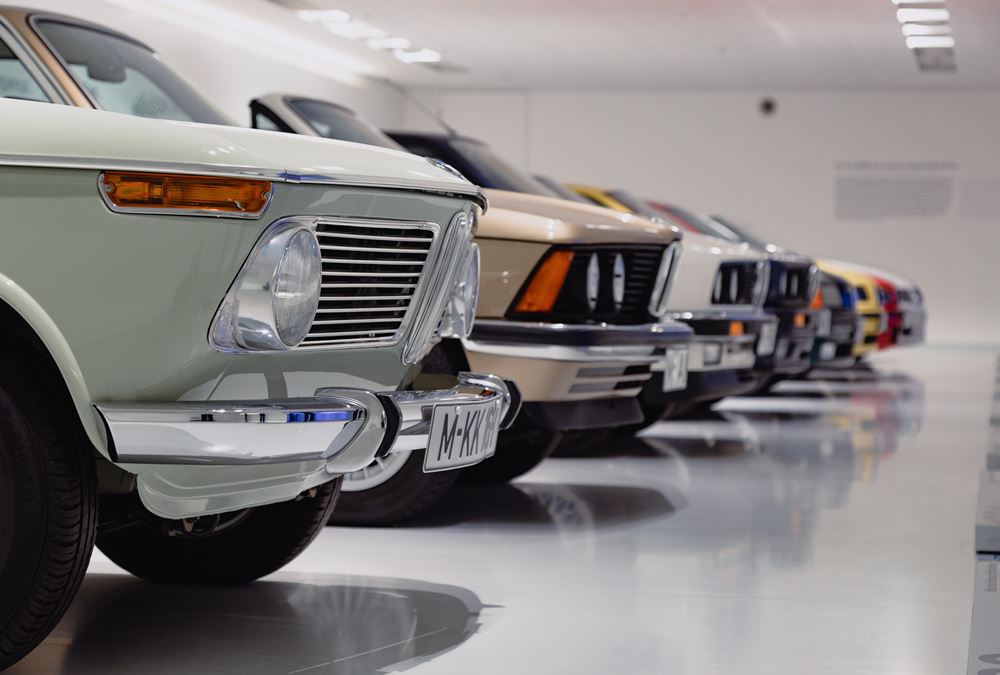- Home
- Business Processes
- Industry Knowledge
- Aerospace Industry
- Automotive Industry
- Banking Domain
- BFSI Industry
- Consumer/ FMCG Industry
- Chemicals Industry
- Engineering & Construction
- Energy Industry
- Education Domain
- Finance Domain
- Hospitality Domain
- Healthcare Industry
- Insurance Domain
- Retail Industry
- Travel and Tourism Domain
- Telecom Industry
- Leadership Skills
- eLearning
- Home
- Industry Knowledge
- Automotive Industry
- Overview of Automotive Industry
Overview of Automotive Industry
The first automobile with a petrol engine was built in 1885 and soon the figure for total cars in the world will be touching a mark of 1000 million cars and light trucks. This article presents a quick overview of what we mean with the Automative Industry and how it started and what is the scale of this industry today.
The automotive industry designs, develops, manufactures, markets, and sells motor vehicles, and is one of the earth's most important economic sectors by revenue. The term automotive industry usually does not include industries dedicated to automobiles after delivery to the customer, such as repair shops and motor fuel filling stations.
The first practical automobile with a petrol engine was built by Karl Benz in 1885 in Mannheim, Germany. Benz was granted a patent for his automobile on 29 January 1886, and began the first production of automobiles in 1888, after Bertha Benz, his wife, had proved with the first long-distance trip in August 1888 (104 km from Mannheim to Pforzheim and back) that the horseless coach was absolutely suitable for daily use. Since 2008 a Bertha Benz Memorial Route commemorates this event.
Soon after, in 1889, Gottlieb Daimler and Wilhelm Maybach in Stuttgart designed a vehicle from scratch to be an automobile, rather than a horse-drawn carriage fitted with an engine. They also are usually credited as inventors of the first motorcycle, the Daimler Reitwagen, in 1885, but Italy's Enrico Bernardi, of the University of Padua, in 1882, patented a 0.024 horsepower (17.9 W) 122 cc (7.4 cu in) one-cylinder petrol motor, fitting it into his son's tricycle, making it at least a candidate for the first automobile, and first motorcycle.
Until 2005, the U.S.A. led the world in total automobile production. In 1929 before the Great Depression, the world had 32,028,500 automobiles in use, and the US automobile industry produced over 90% of them. At that time the U.S. had one car per 4.87 persons. In 2006, Japan narrowly passed the U.S. in production and held this rank until 2009, when China took the top spot with 13.8 million units. By producing 18.3 million units in 2010, China produced nearly twice the number of second-place Japan (9.6 million units), with the U.S. in third place with 7.8 million units.
Around the world, there were about 806 million cars and light trucks on the road in 2007, consuming over 260 billion US gallons (980,000,000 m3) of gasoline and diesel fuel yearly. The automobile is a primary mode of transportation for many developed economies. The Detroit branch of Boston Consulting Group predicts that, by 2014, one-third of world demand will be in the four BRIC markets (Brazil, Russia, India, and China). Other potentially powerful automotive markets are Iran and Indonesia. Emerging auto markets already buy more cars than established markets. According to a J.D. Power study, emerging markets accounted for 51 percent of the global light-vehicle sales in 2010. The study expects this trend to accelerate.
India is home to a vibrant automobile of more than 40 million vehicles. It has been one of the few countries worldwide which saw growing passenger car sales during the recession of the past two years. It is believed this upward trend will be sustained in the foreseeable future due to a strong domestic market and increased thrust on exports. The Indian economy has grown at an average rate of around 9 percent over the past five years and is expected to continue this growth in the medium term. This is predicted to drive an increase in the percentage of the Indian population able to afford vehicles. India’s car per capita ratio (expressed in cars per 1,000 population) is currently among the lowest in the world’s top 10 auto markets. The twin phenomena of low car penetration and rising incomes, when combined with the increasing affordability of cars, are expected to contribute to an increase in India’s automobile demand.
Suggested Reading and Resources on Automobile Domain
| Supply & Value Chain | Industry Sectors | The Competitive Landscape |
| Industry Drivers | History of Automotive Industry | Overview of Automotive Industry |
Related Links
You May Also Like
-
Automotive Industry: The Competitive Landscape
In this article, we will discuss the top key competitors in the automotive industry. This will help you gain an understanding of the major players in the automotive industry. We will start with a brief history of the major players, their competitive advantage, and financial profiles in this section.
-
History of Automotive Industry
The study of the automotive industry is inherently interesting: it is massive, it is competitive, and it is just a few years older than a century. It is expected to undergo major changes in recent times due to the impact of globalization, increased regulations because of environmental concerns, and rising fossil fuel prices due to decreasing oil reserves.
-
Overview of Automotive Industry
The first automobile with a petrol engine was built in 1885 and soon the figure for total cars in the world will be touching a mark of 1000 million cars and light trucks. This article presents a quick overview of what we mean with the Automative Industry and how it started and what is the scale of this industry today.
-
Automotive Industry Supply & Value Chain
Most of the automotive manufacturers employ a business model that demands collaboration between different assemblers and cadre of parts suppliers with a lean, flexible, just-in-time (JIT) assembly process. In this article, we will discuss the business model of a typical automotive manufacturer and the various stages from planning to final retailing of the product.
-
Automotive Industry: Industry Sectors
In this article, we will discuss the business sectors of the automotive industry. We will understand the major sectors in the automotive industry and the role they play and their impact on the industry. The major business sectors of the automotive industry are suppliers, auto-manufacturers, and auto dealerships.
-
Automotive Industry: The Key Industry Drivers
There are four key business drivers that impact the automotive industry: economic conditions, consumer preferences, government, and technological advances. Globalization is also influencing the industry to a great extent. In this article, we will discuss in detail each of these business drivers.
Explore Our Free Training Articles or
Sign Up to Start With Our eLearning Courses

About Us
Learning
© 2023 TechnoFunc, All Rights Reserved






